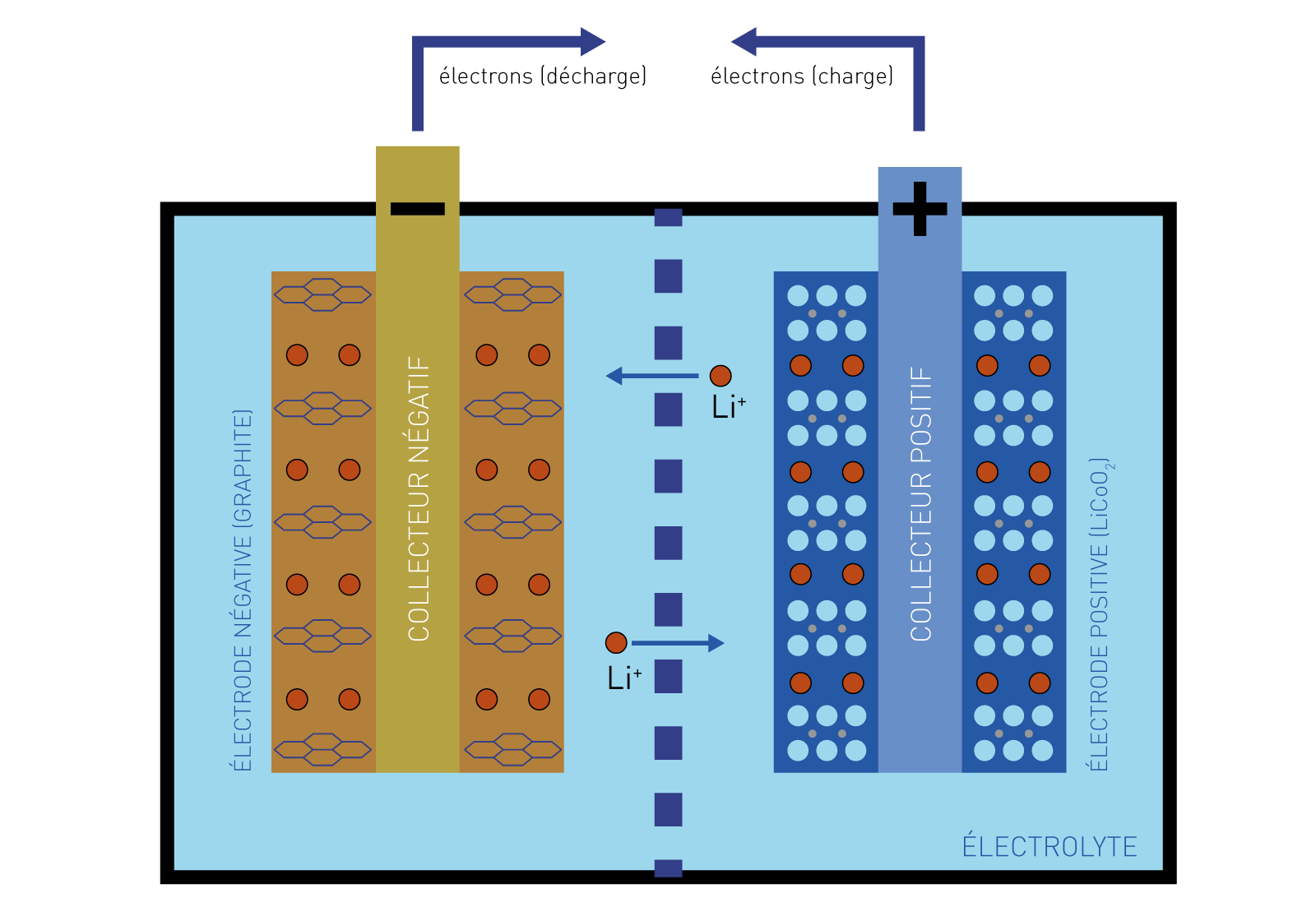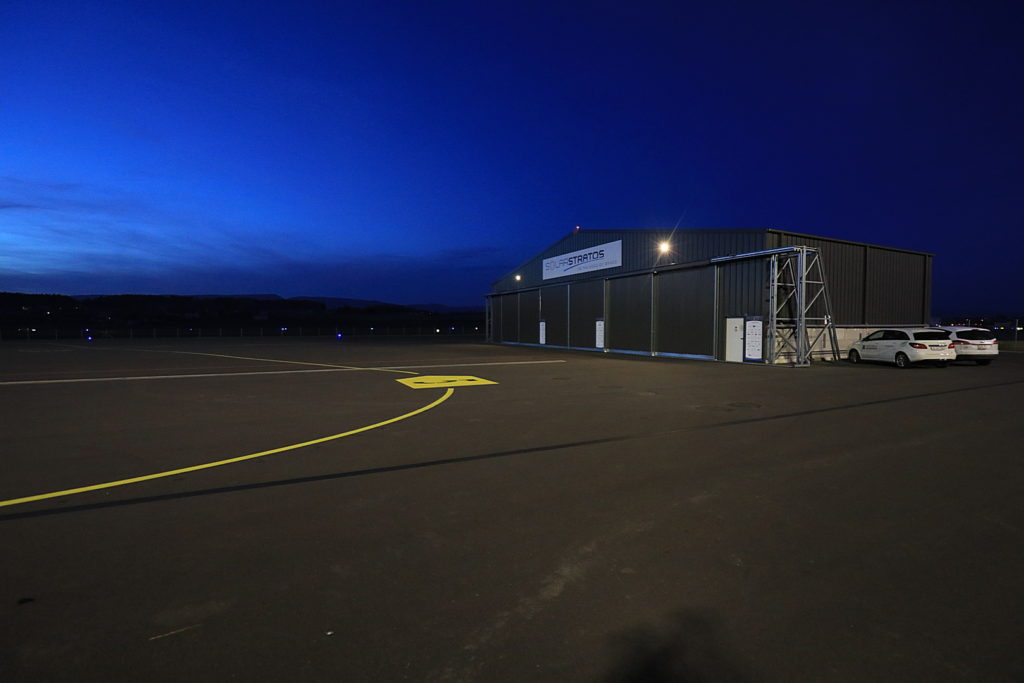Powerful batteries
Our SolarStratos aircraft will soon be heading for the stratosphere and while the record-breaking flight is the culmination of many human and technological factors, to reach such heights, the plane will also need to be equipped with a 3-blade propeller, an electric motor and 20 kWh lithium-ion batteries.
These batteries have their advantages and disadvantages. The battery is essentially an electrochemical cell that uses lithium in an ionic form. This means that the battery releases lithium ions between two electrodes (a graphite anode and a metal oxide cathode) by reversible exchange, immersed in a liquid electrolyte.
When the project began, the use of lithium-ion batteries had been stopped, but this solution offers several advantages compared to traditional lead batteries. They have high mass energy (i.e. energy per unit of mass), high energy density (energy by unit of volume), low weight and reduced volume. Plus, this type of battery is unaffected by memory effect and its self-discharge is reduced.
With the pros, there do come a certain number of cons: these batteries are at risk of leakage and overheating, and they are fragile. They can’t withstand overloading or violent shocks; they can ignite or explode. These risks are obviously taken very seriously and are being closely studied by the SolarStratos experts and specialists in order to minimise them.
These batteries are nonetheless the best solution for conquering the stratosphere.
Embedding the cells
The SolarStratos photovoltaic cells are currently being embedded into the wings of the aircraft by our scientific partner, the Swiss Centre for Electronics and Microtechnology. This encapsulation process consists of grouping the cells together while ensuring their electrical isolation. Being embedded will make the cells more resistant to external factors such as humidity, rain, snow or even corrosion and mechanical shock.
Test flights are approaching
Our 2020 schedule is currently on track. Preparations are going as planned and the team is on target for the first 2020 test flights to take place in springtime out of Payerne aerodrome. The wings of the solar aircraft are being assembled and SolarStratos will be ready to take off in a matter of a few weeks.
SolarStratos and the Swiss Aéropole in Payerne
Don’t miss seeing Raphaël Domjan on the ‘Couleurs locales’ programme of TV channel RTS, dedicated to the development of the Swiss Aéropole in Payerne:
White gold
The SolarStratos team was also in the spotlight during the RTS programme ‘A bon entendeur’ dedicated to lithium-ion batteries. Watch the show here:




